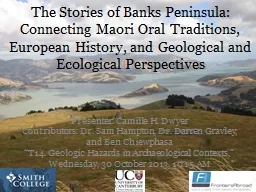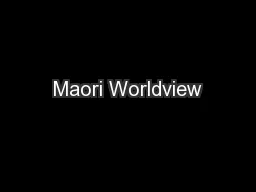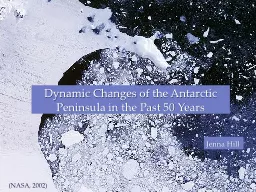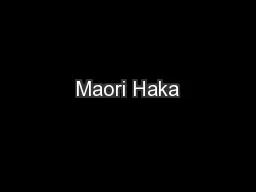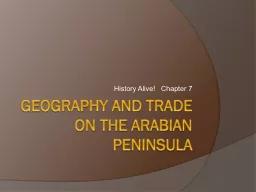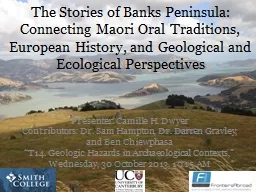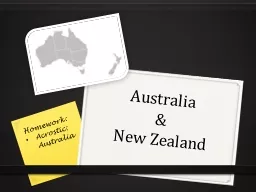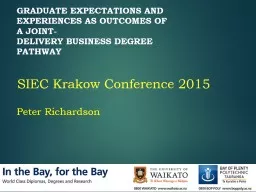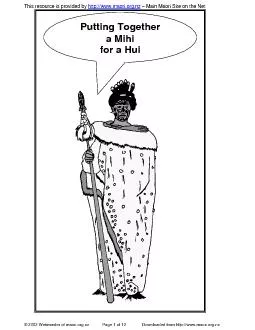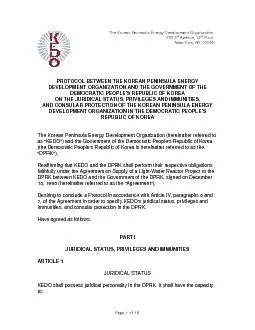PPT-The Stories of Banks Peninsula: Connecting Maori Oral Traditions, European History, and
Author : aaron | Published Date : 2018-10-21
Presenter Camille H Dwyer Contributors Dr Sam Hampton Dr Darren Gravley and Ben Chiewphasa T14 Geologic Hazards in Archaeological Contexts Wednesday 30 October
Presentation Embed Code
Download Presentation
Download Presentation The PPT/PDF document "The Stories of Banks Peninsula: Connecti..." is the property of its rightful owner. Permission is granted to download and print the materials on this website for personal, non-commercial use only, and to display it on your personal computer provided you do not modify the materials and that you retain all copyright notices contained in the materials. By downloading content from our website, you accept the terms of this agreement.
The Stories of Banks Peninsula: Connecting Maori Oral Traditions, European History, and: Transcript
Download Rules Of Document
"The Stories of Banks Peninsula: Connecting Maori Oral Traditions, European History, and"The content belongs to its owner. You may download and print it for personal use, without modification, and keep all copyright notices. By downloading, you agree to these terms.
Related Documents

